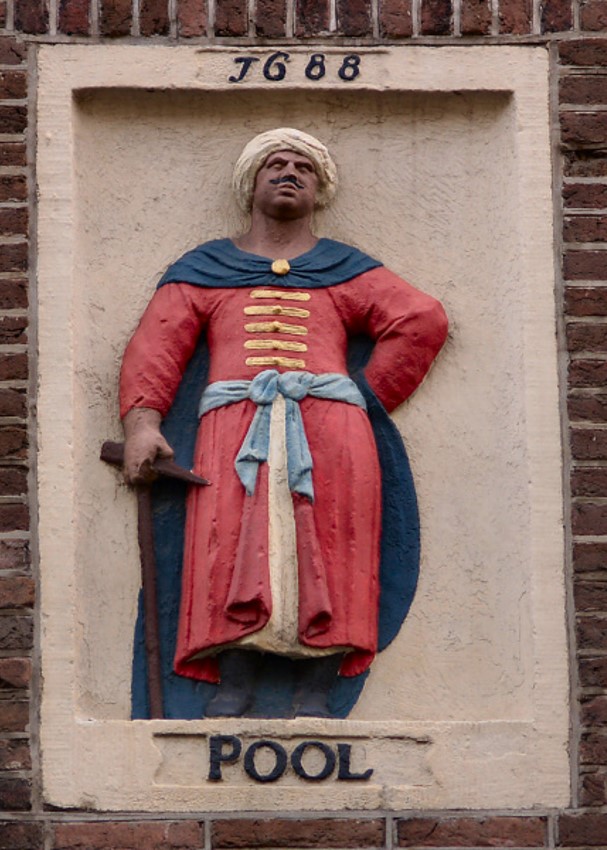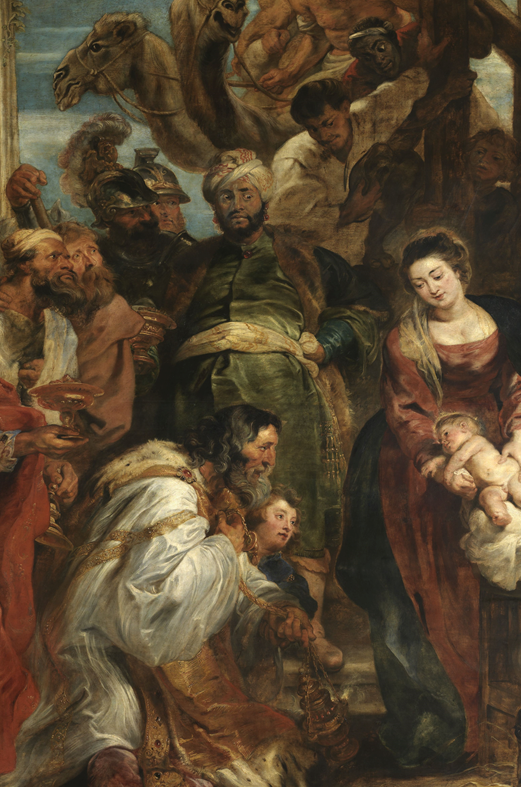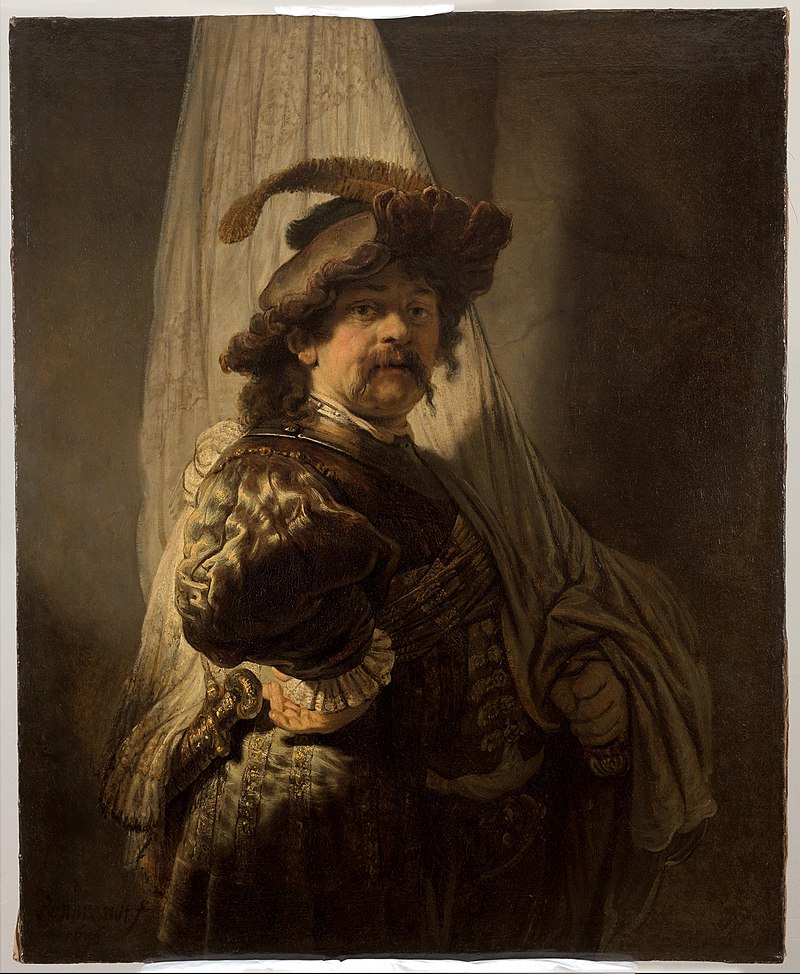 This time of year, many of us have a nativity scene in our homes. They commonly include the Three Kings, also known as Wise Men or Magi, who came to honour Christ after his birth. These Kings are often dressed in long oriental robes and turbans. What is less commonly known, is that such a look in the previous centuries was sometimes associated with Polish dress. This can be exemplified by a gable stone showing a ‘Pool’, which is dated 1688, and which adorns a building on the Kerkstraat 322 in Amsterdam.
This time of year, many of us have a nativity scene in our homes. They commonly include the Three Kings, also known as Wise Men or Magi, who came to honour Christ after his birth. These Kings are often dressed in long oriental robes and turbans. What is less commonly known, is that such a look in the previous centuries was sometimes associated with Polish dress. This can be exemplified by a gable stone showing a ‘Pool’, which is dated 1688, and which adorns a building on the Kerkstraat 322 in Amsterdam.
During the sixteenth century, Polish male fashion became increasingly influenced by Persian and Ottoman examples, leading Polish noblemen to wear colourful leather boots with heels, a kontusz (a coat or outer kaftan), a ferezja or delia (different types of cloaks), worn over a long-sleeved żupan (a tunic), and a kołpak (a hat often embellished with fur and feathers). Dutch artists and artisans subsequently produced multiple images of ‘typical’ Polish nobles, for example in books, on maps, and… on gable stones. To Dutch eyes, however, Polish dress differed very little – if at all – from other Eastern fashion: Polish figures were also used to represent Hungarians, for example. Similarly, Polish figures were sometimes indistinguishable from Ottomans.

Interestingly, the French diplomat Charles Ogier, who visited Poland in the 1630s, likewise associated Polish fashion with the Three Kings. Describing a host of Polish nobles, he compared them to “the Eastern Magi, who came to honour the Infant Jesus with a large measure of display.”
*I originally wrote this post for the social media outlets of the Dutch Embassy in Poland. This was post no. 24.
 Last week, it was announced that the Rijksmuseum in Amsterdam – with financial aid from the Dutch state and several institutions – intends to buy ‘The Standard Bearer’, a painting by Rembrandt from 1636. Such standard bearers were high-placed members of town militias, not necessarily soldiers. Still, the painting offers an opportunity to reflect on a little-known aspect of Dutch-Polish historical relations: Polish soldiers in the seventeenth-century Dutch army. A travel account by the Pole Sebastian Gawarecki, written during the 1640s, discusses his stay in the Northern Netherlands alongside Marek and Jan Sobieski – the later king of Poland. On 16 May 1646, in the town of Bergen op Zoom, Gawarecki and the Sobieski brothers met “a Pole from Warsaw, who for some years now serves in the Dutch army as a standard bearer, and whom our Polish king [Władysław IV Waza] keeps in Holland at his own expense.” It is unknown who this Polish standard bearer was, but it was not unheard of for Poles to fight in the Dutch army, even if they were Catholics.
Last week, it was announced that the Rijksmuseum in Amsterdam – with financial aid from the Dutch state and several institutions – intends to buy ‘The Standard Bearer’, a painting by Rembrandt from 1636. Such standard bearers were high-placed members of town militias, not necessarily soldiers. Still, the painting offers an opportunity to reflect on a little-known aspect of Dutch-Polish historical relations: Polish soldiers in the seventeenth-century Dutch army. A travel account by the Pole Sebastian Gawarecki, written during the 1640s, discusses his stay in the Northern Netherlands alongside Marek and Jan Sobieski – the later king of Poland. On 16 May 1646, in the town of Bergen op Zoom, Gawarecki and the Sobieski brothers met “a Pole from Warsaw, who for some years now serves in the Dutch army as a standard bearer, and whom our Polish king [Władysław IV Waza] keeps in Holland at his own expense.” It is unknown who this Polish standard bearer was, but it was not unheard of for Poles to fight in the Dutch army, even if they were Catholics.